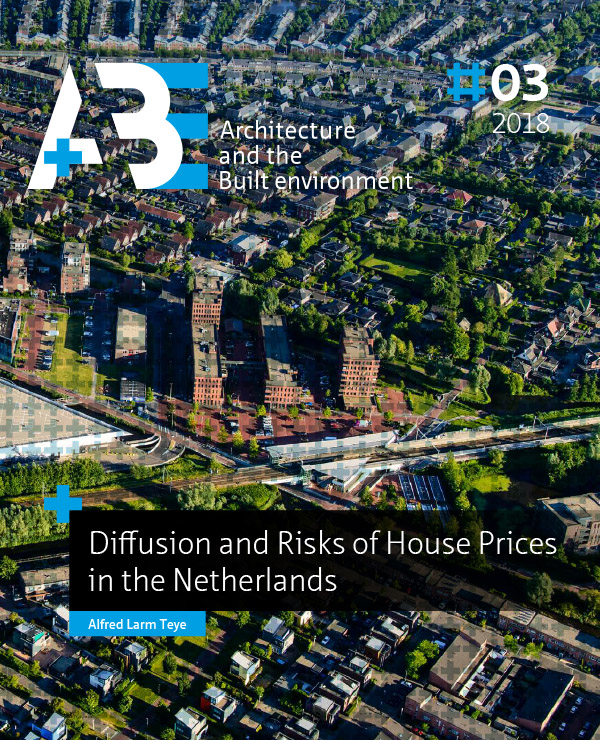Detecting spatial and temporal house price diffusion in the Netherlands
A Bayesian network approach
DOI:
https://doi.org/10.7480/abe.2018.3.3571Keywords:
graphical models, house price diffusion, spatial dependence, spillover effectAbstract
Following the 2007-08 Global Financial Crisis, there have been a growing research interest on the spatial interrelationships between house prices in many countries. This paper examines the spatio-temporal relationship between house prices in the twelve provinces of the Netherlands using a recently proposed econometric modelling technique called Bayesian graphical vector autoregression (BG-VAR). This network approach enables a data driven identification of the most dominant provinces where house price shocks may largely diffuse through the housing market and it is suitable for analysing the complex spatial interactions between house prices. Using temporal house price volatilities for owner-occupied dwellings, the results show evidence of house price diffusion pattern in distinct sub-periods from different provincial housing sub-markets in the Netherlands. We observed particularly prior to the crisis, diffusion of temporal house price volatilities from Noord-Holland.


